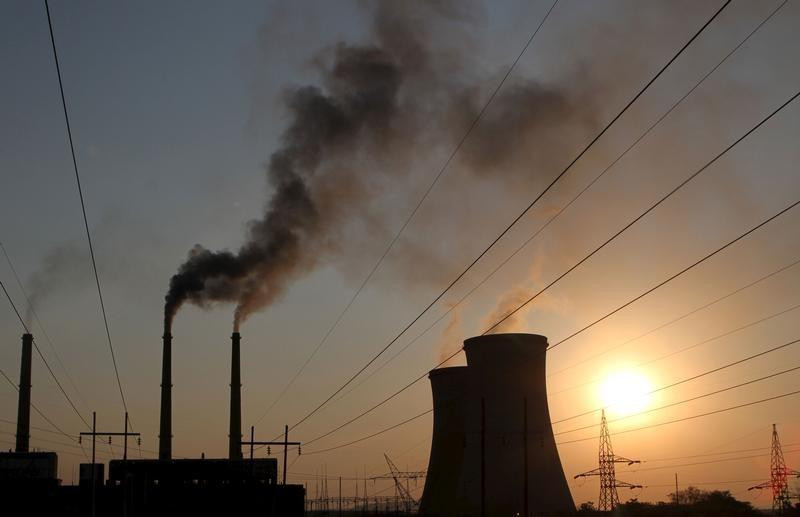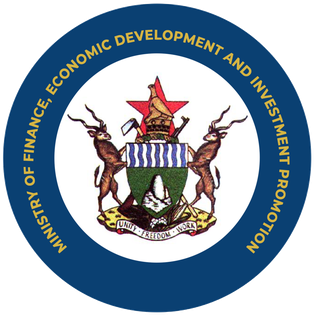
ZIMBABWE is facing what industry experts describe as the most severe power crisis in over four decades.
The nation's current predicament, marked by debilitating power outages lasting up to 18 hours daily, has created a national emergency that demands immediate and transformative solutions.
This crisis is not merely an inconvenience; it represents a fundamental threat to Zimbabwe's economic stability, social progress and aspirations for achieving upper-middle-income status by 2030.
The magnitude of the current energy crisis is devastatingly evident in its economic impact. Zimbabwe National Chamber of Commerce chief executive officer Christopher Mugaga's revelation that "power outages are eroding GDP growth by almost 0,8 percentage points" underscores the severity of the situation. More disturbingly, his assertion that "approximately 45 000 people have either lost their jobs or face an industry downturn" highlights the human cost of this energy deficit. This employment crisis ripples through the economy, affecting households, communities and the nation's broader economic stability.
The traditional power generation infrastructure is showing alarming signs of vulnerability. The Kariba South Hydroelectric Power Plant, once the nation's power backbone, now operates at a mere fraction of its capacity, generating only about 100MW against its installed capacity of 1 050MW. This dramatic reduction, primarily attributed to unprecedented low water levels, signals the urgent need for diversification in Zimbabwe's energy matrix. The situation at Hwange Thermal Power Station is equally concerning, with Chinese lenders threatening to "switch off" the facility over debt issues, potentially worsening the nation's power predicament.
However, amid these challenges, Zimbabwe possesses a remarkable yet underutilised natural advantage — its abundant solar resources. The country's geographical location provides it with exceptional solar irradiance levels, making it an ideal candidate for large-scale solar energy deployment. As Vice-President Constantino Chiwenga eloquently stated at the Zimbabwe-Zambia Energy Projects Summit: "This is the only asset on this earth we do not pay for. So, let's use it." This natural endowment presents an unprecedented opportunity for Zimbabwe to revolutionise its energy sector.
The Glen View solar project serves as a promising prototype for community-based renewable energy initiatives. With 200 houses already connected and plans to reach 400, this innovative approach of renting rooftops for solar panel installation demonstrates the feasibility of decentralised power generation. As special adviser to the president Jorum Gumbo notes: "Community solar projects empower residents by providing affordable, clean energy solutions while reducing reliance on the national grid, thereby fostering resilience and economic development at the grassroots level."
Zimbabwe's renewable energy transition aligns perfectly with global sustainable development imperatives, particularly SDG 7 (Affordable and Clean Energy) and SDG 13 (Climate Action).
- Govt says struggling to deal with power crisis
- Cartoon: December 07, 2022 edition
- Southern African power crisis stems from post-liberation history
- Inflation fears as power crisis worsens
Keep Reading
This alignment positions Zimbabwe to attract international climate finance and technical support. However, as EU Ambassador Jobst von Kirchmann emphasises, securing such investment requires "predictability, particularly in legislation, the courts and monetary policy." This highlights the need for comprehensive policy reforms to create an enabling environment for renewable energy investment.
The national budget presents a crucial opportunity to demonstrate serious commitment to renewable energy transition. This should include substantial allocation for renewable energy infrastructure, tax incentives for clean energy investments and funding for research and development in renewable technologies. Such budgetary priorities will signal Zimbabwe's commitment to building a climate-resilient energy sector. Zimbabwe must rapidly expand its solar generation capacity through both utility-scale projects and distributed systems. The success of the Glen View project, where residents receive US$20 monthly for renting out their rooftops, provides a replicable model for nationwide implementation. Furthermore, investment in energy storage solutions is crucial to addressing solar power's intermittent challenges. The development of smart grids and mini-grids can enhance distribution efficiency and reliability.
British trade commissioner John Humphrey's observation that renewable energy investments require long-term planning is particularly relevant. He notes: "When we are in the renewable sector, it's not just about five or 10 years. Actually, you are looking at a much longer period." This long-term perspective must guide Zimbabwe's energy policy framework, ensuring sustainable development that transcends short-term solutions.
As Zimbabwe grapples with climate change impacts, evidenced by erratic rainfall patterns and recurring droughts, the transition to renewable energy becomes not just an option but a strategic imperative. This transition offers multiple benefits: energy security, economic revival, job creation and environmental sustainability. The time for decisive action is now, as the cost of inaction continues to mount with each passing day of power outages and economic disruption.
- Lawrence Makamanzi is a researcher who writes here in his personal capacity. He is reachable at his email address [email protected] or 0784318605.











